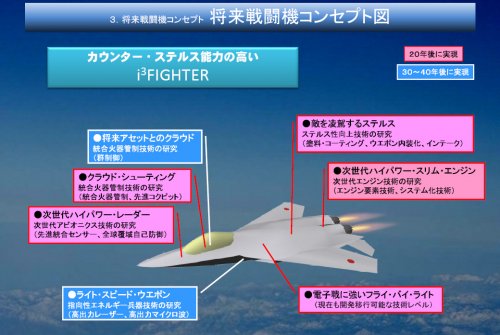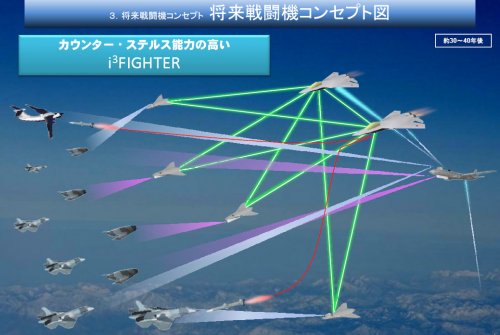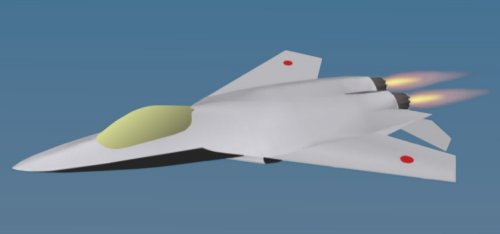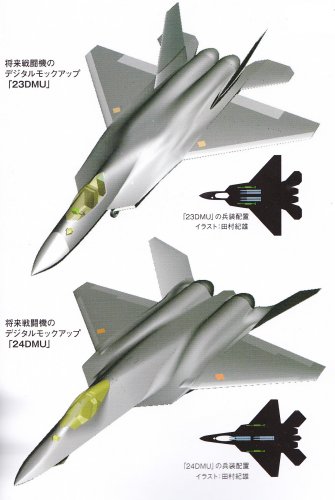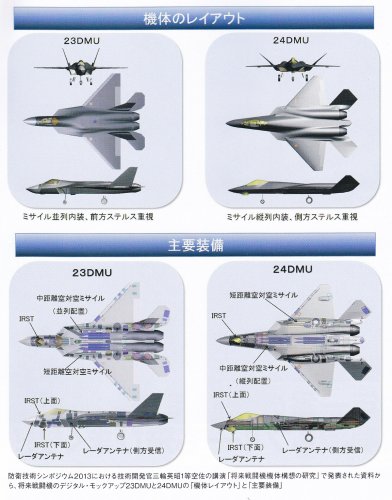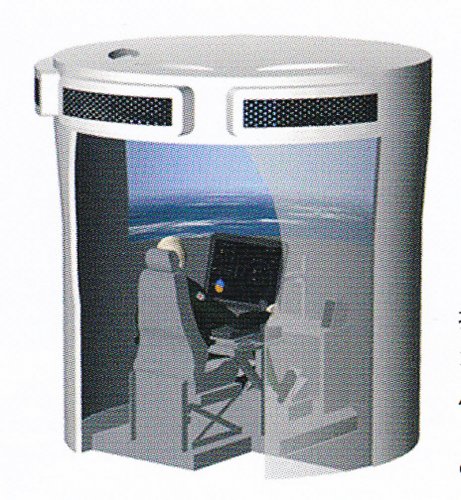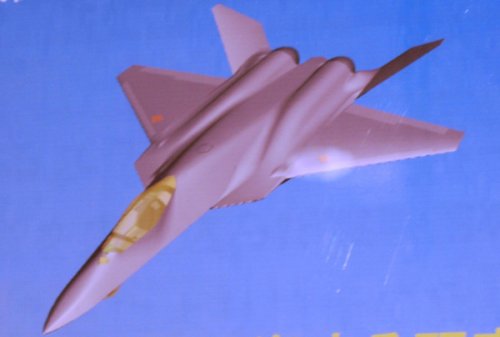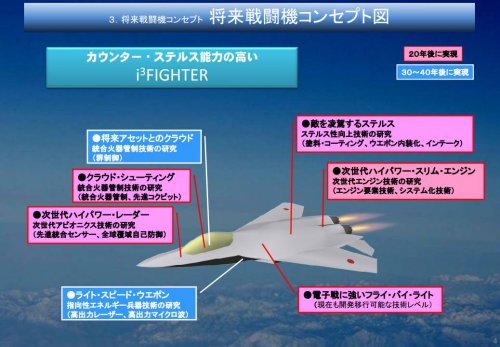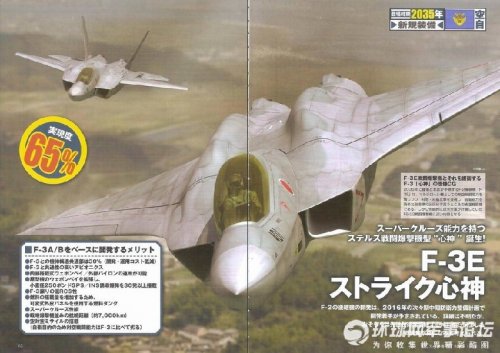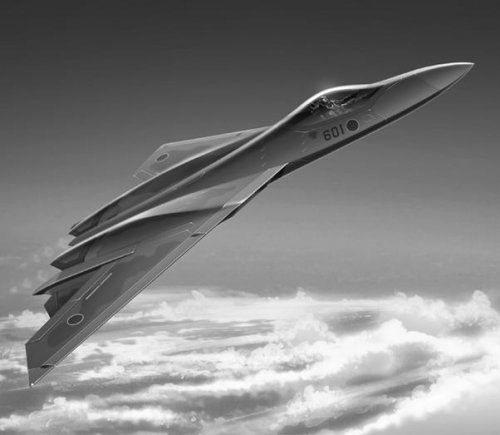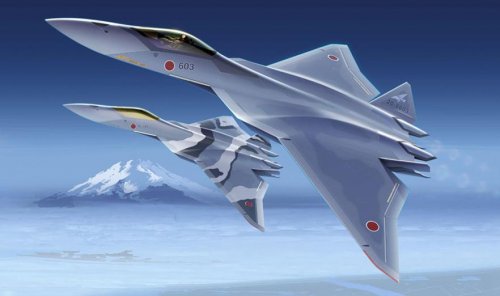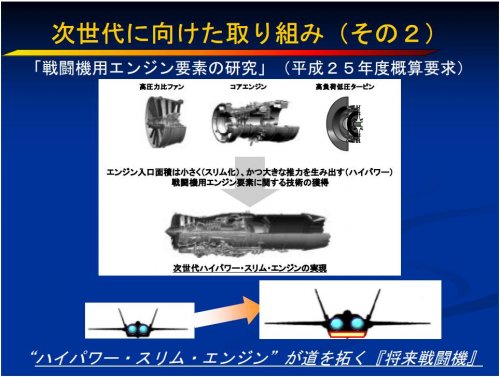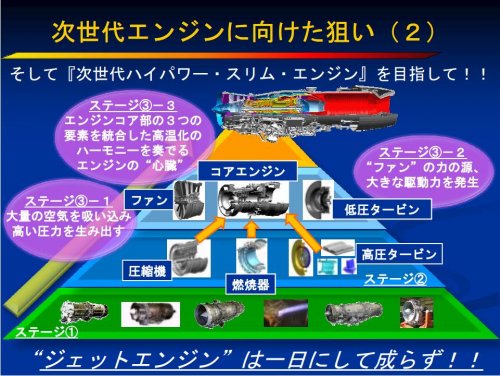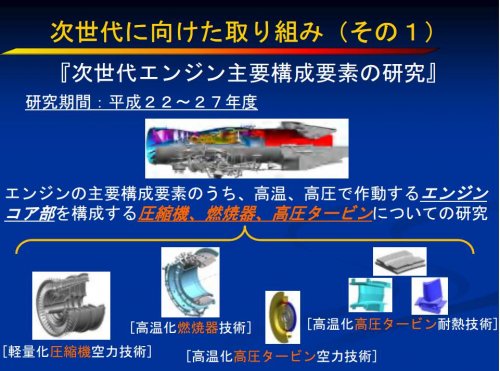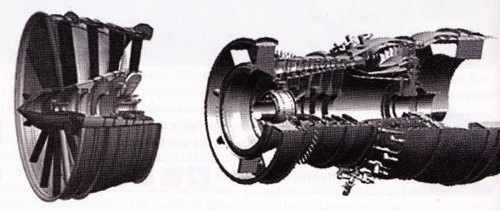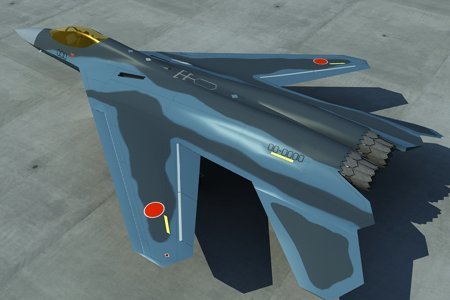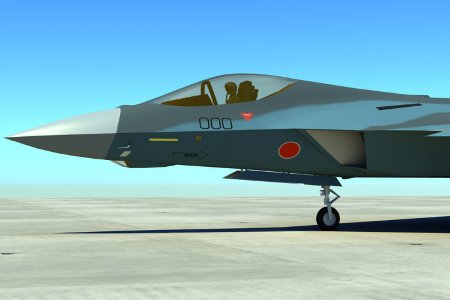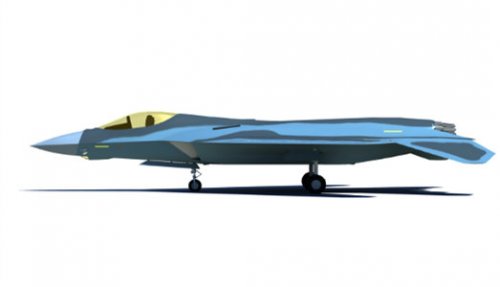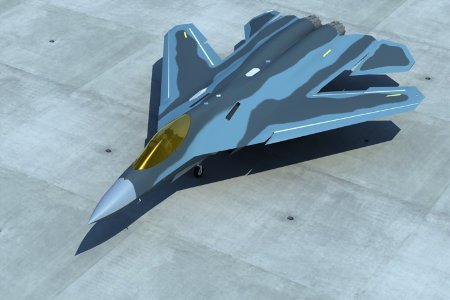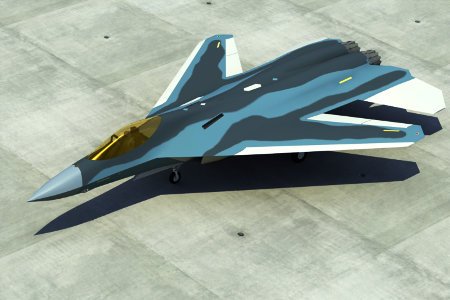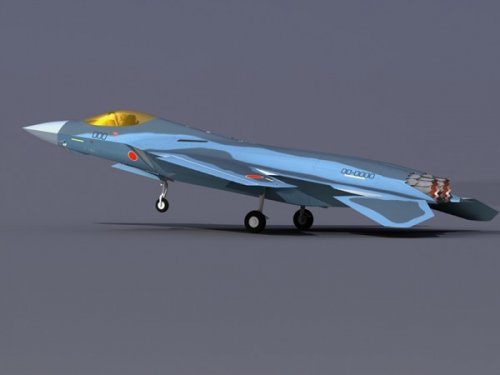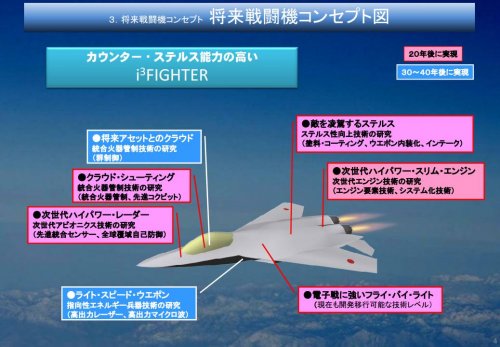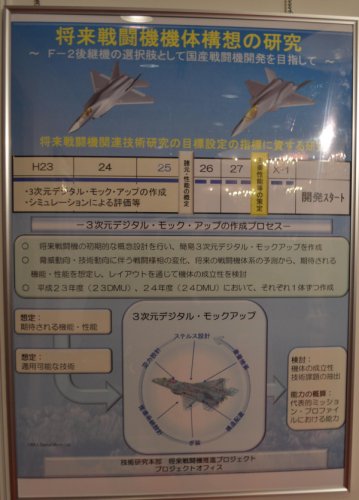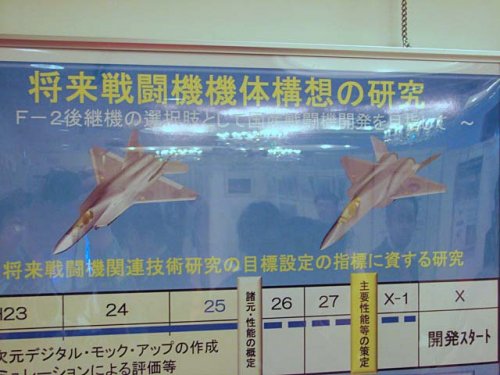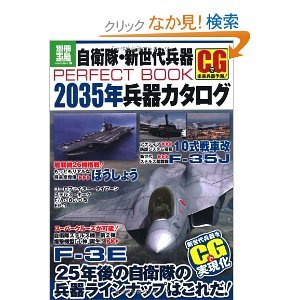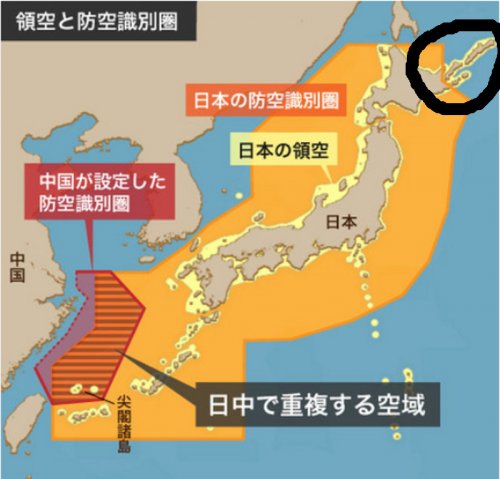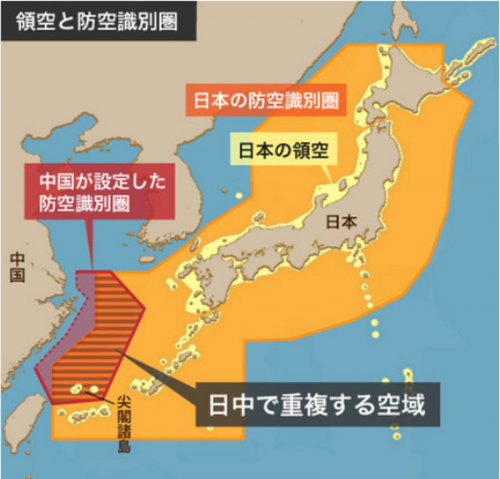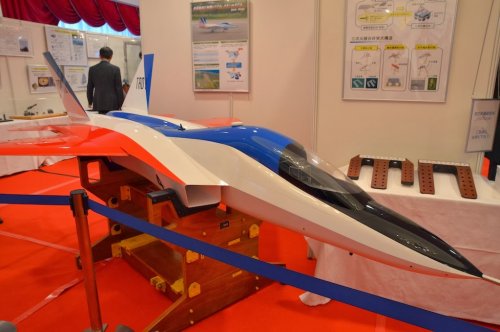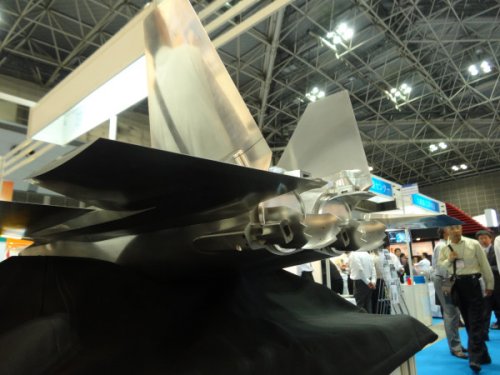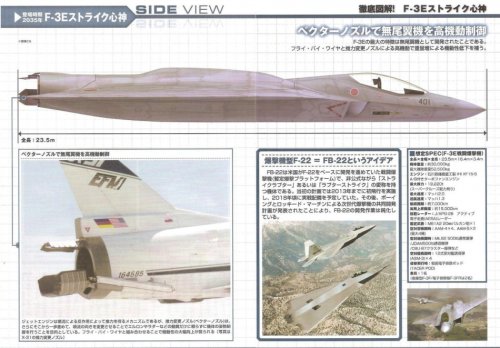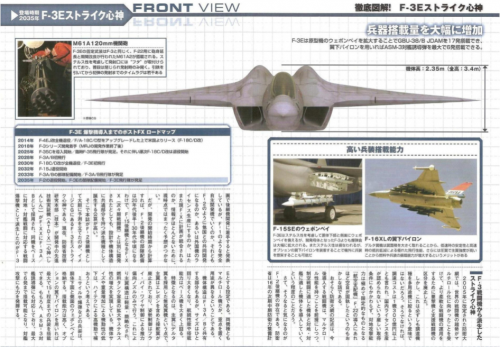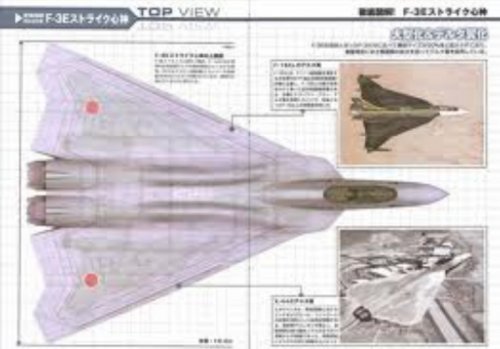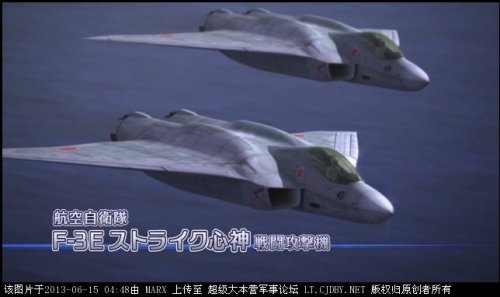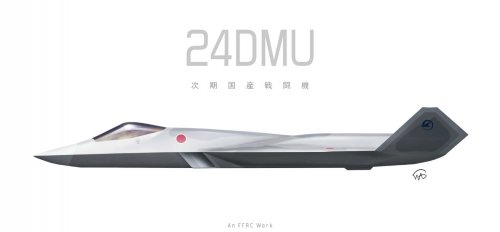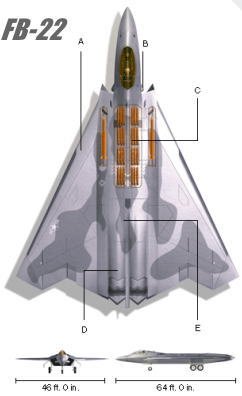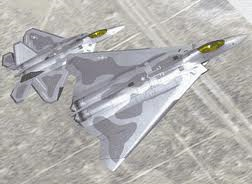- Joined
- 21 April 2009
- Messages
- 13,551
- Reaction score
- 7,153
Japanese technologists are committed to including a pilot in their proposed i3 sixth-generation fighter, regarding the need for onboard decision-making as indispensable in a combat aircraft for at least the next three decades. Among the range of technologies intended for pre-development for the prospective fighter, artificial intelligence has been left out. The agency leading the effort, the defense ministry’s Technical Research & Development Institute, will not discuss specific designs, but there are indications that it is studying an aircraft of about the size of the Boeing F/A-18E/F Super Hornet.
So far, the i3 is only intended as a technology acquisition effort. Full-scale development is far from being funded and would not begin until 2021, and even then only if Japan chose to build its own aircraft to replace Mitsubishi Heavy Industries F-2s in the 2030s. The timeframe coincides with that of the Next-Generation Tactical Aircraft, for which the U.S. Air Force released a request for information on Nov 3. While a very low-resolution concept drawing issued to illustrate the i3 does not necessarily represent the design that the institute has in mind, some of its features are considered to be realistic, notably the stealthy shape of the forward fuselage and absence of tail fins. Still, the drawing should not be taken too seriously. It may not be much more than a logo for the program.
The institute, which described its i3 technology development plan at a seminar here on Nov. 9 and 10, cannot specify such basics as the weight and thrust of the aircraft, because those figures will depend on the requirements of the air force. But thrust in the vicinity of 30,000 lb. is understood to be a realistic figure.
Assuming that the fighter has two engines and that it follows the trend toward higher thrust/weight ratios, it could emerge at about the size of the Super Hornet, whose empty weight is about 14 tons (31,000 lb.) and is not highly powered by current standards.
The experience of engine maker IHI is considered to confirm Japan’s ability to build such powerplants of its own design. IHI has independently developed the XF7-10 engine for the XP-1 maritime patroller, proving its integration skills, and it builds the General Electric F110 engines for Japan’s F-2s, showing that it has the manufacturing technology for engines of the required size. The F110 for the F-2 develops 29,000 lb. thrust.
The institute wants slimmer engines, to reduce drag, although there is no consideration so far of supercruise—supersonic flight without afterburner. To shrink the engines, it is researching materials that could stand higher temperatures: single-crystal turbine rotor blades and ceramic matrix composite (a ceramic reinforced with fiber, such as carbon fiber) for stator blades. A related effort will aim at making an advanced combustor. Higher temperatures in the engine will also improve efficiency, but the main aim is to reduce frontal area. The technologies could shrink diameter by more than 10% for a given level of thrust, so the frontal area of the engine could be cut by more than 19%.
http://www.aviationweek.com/aw/generic/story.jsp?topicName=Check6&id=news/awst/2010/11/15/AW_11_15_2010_p37-268697.xml&headline=Japan%20Keeps%20Pilot%20In%20Sixth-Gen%20Concept&channel=&from=topicalreports
So far, the i3 is only intended as a technology acquisition effort. Full-scale development is far from being funded and would not begin until 2021, and even then only if Japan chose to build its own aircraft to replace Mitsubishi Heavy Industries F-2s in the 2030s. The timeframe coincides with that of the Next-Generation Tactical Aircraft, for which the U.S. Air Force released a request for information on Nov 3. While a very low-resolution concept drawing issued to illustrate the i3 does not necessarily represent the design that the institute has in mind, some of its features are considered to be realistic, notably the stealthy shape of the forward fuselage and absence of tail fins. Still, the drawing should not be taken too seriously. It may not be much more than a logo for the program.
The institute, which described its i3 technology development plan at a seminar here on Nov. 9 and 10, cannot specify such basics as the weight and thrust of the aircraft, because those figures will depend on the requirements of the air force. But thrust in the vicinity of 30,000 lb. is understood to be a realistic figure.
Assuming that the fighter has two engines and that it follows the trend toward higher thrust/weight ratios, it could emerge at about the size of the Super Hornet, whose empty weight is about 14 tons (31,000 lb.) and is not highly powered by current standards.
The experience of engine maker IHI is considered to confirm Japan’s ability to build such powerplants of its own design. IHI has independently developed the XF7-10 engine for the XP-1 maritime patroller, proving its integration skills, and it builds the General Electric F110 engines for Japan’s F-2s, showing that it has the manufacturing technology for engines of the required size. The F110 for the F-2 develops 29,000 lb. thrust.
The institute wants slimmer engines, to reduce drag, although there is no consideration so far of supercruise—supersonic flight without afterburner. To shrink the engines, it is researching materials that could stand higher temperatures: single-crystal turbine rotor blades and ceramic matrix composite (a ceramic reinforced with fiber, such as carbon fiber) for stator blades. A related effort will aim at making an advanced combustor. Higher temperatures in the engine will also improve efficiency, but the main aim is to reduce frontal area. The technologies could shrink diameter by more than 10% for a given level of thrust, so the frontal area of the engine could be cut by more than 19%.
http://www.aviationweek.com/aw/generic/story.jsp?topicName=Check6&id=news/awst/2010/11/15/AW_11_15_2010_p37-268697.xml&headline=Japan%20Keeps%20Pilot%20In%20Sixth-Gen%20Concept&channel=&from=topicalreports

